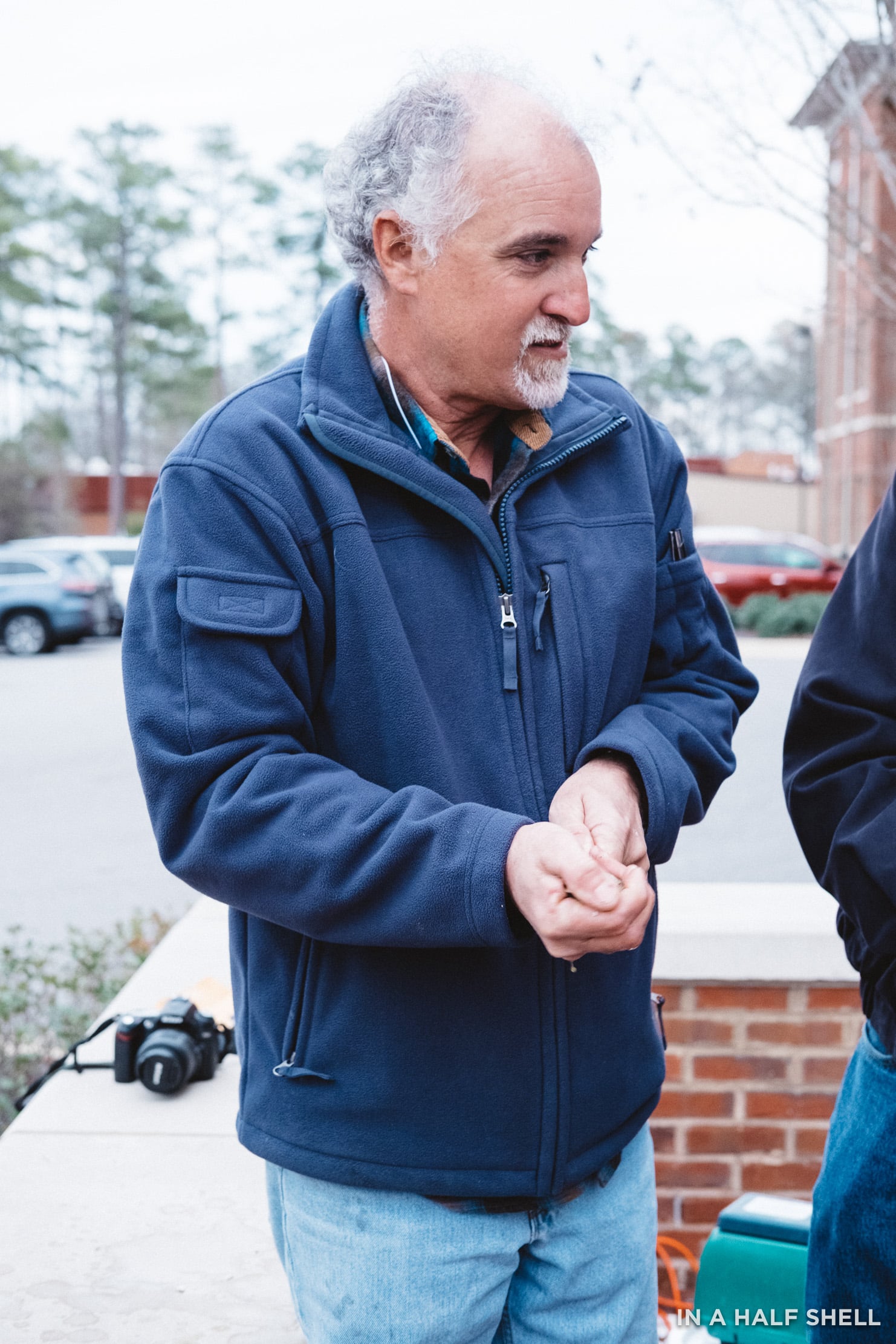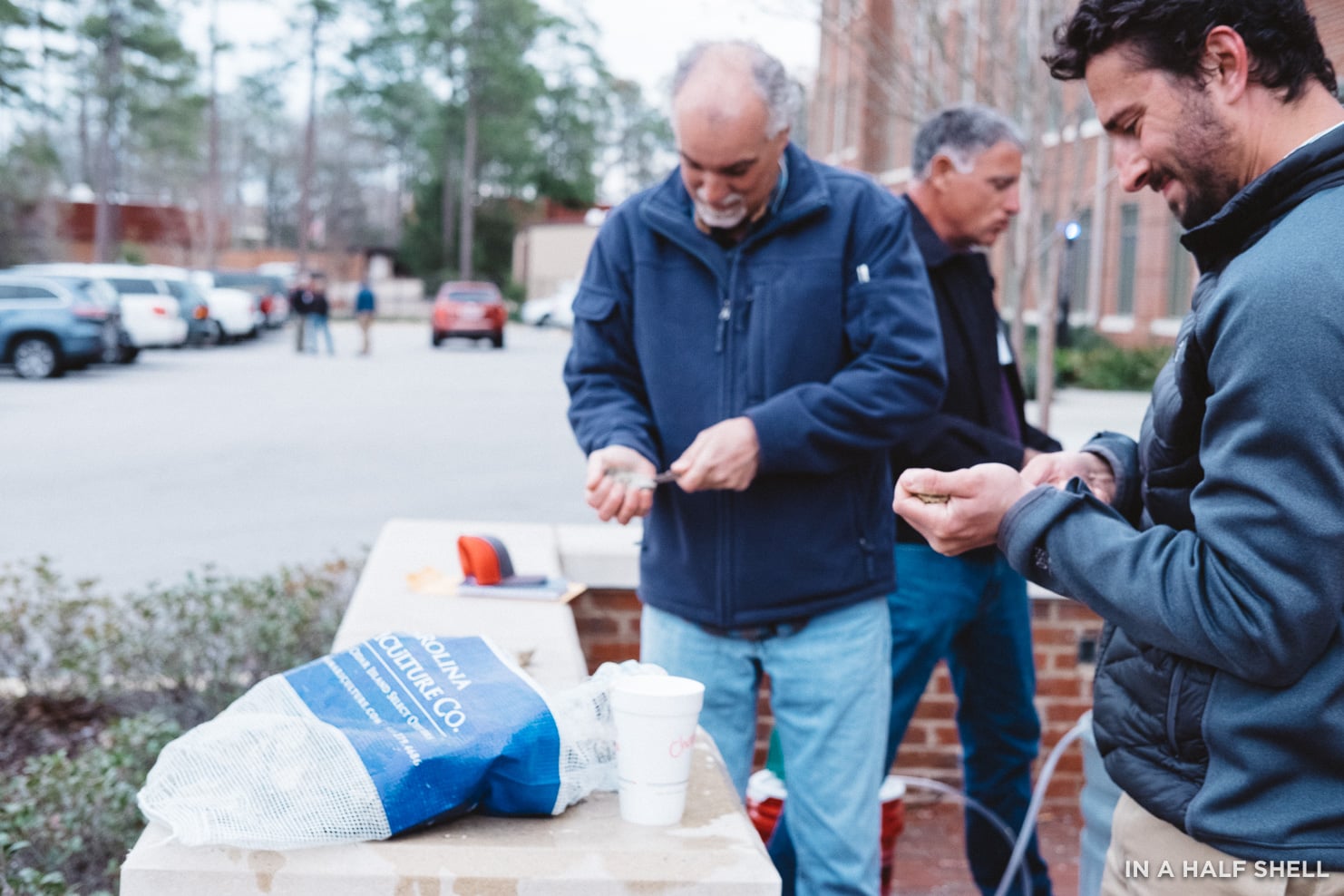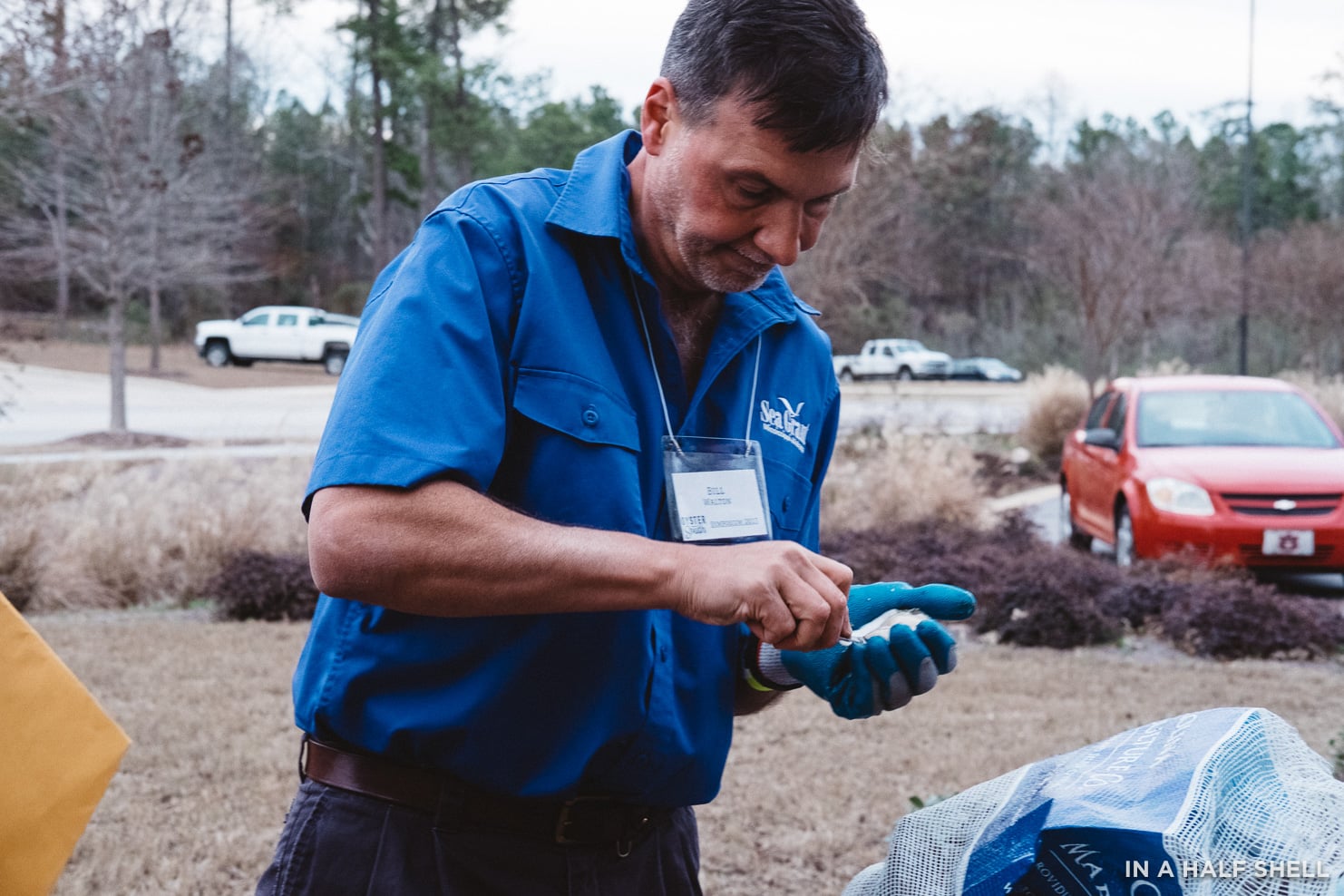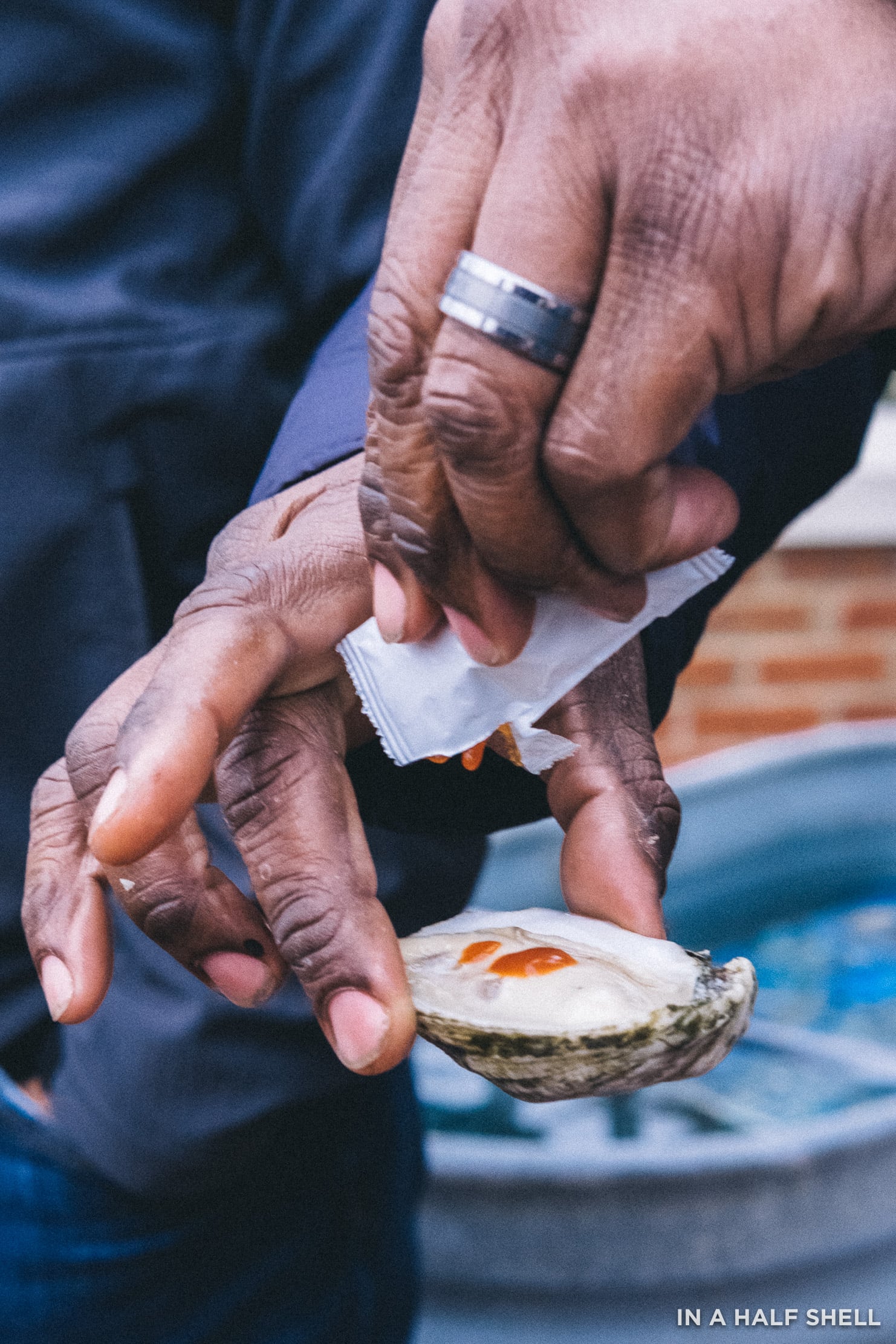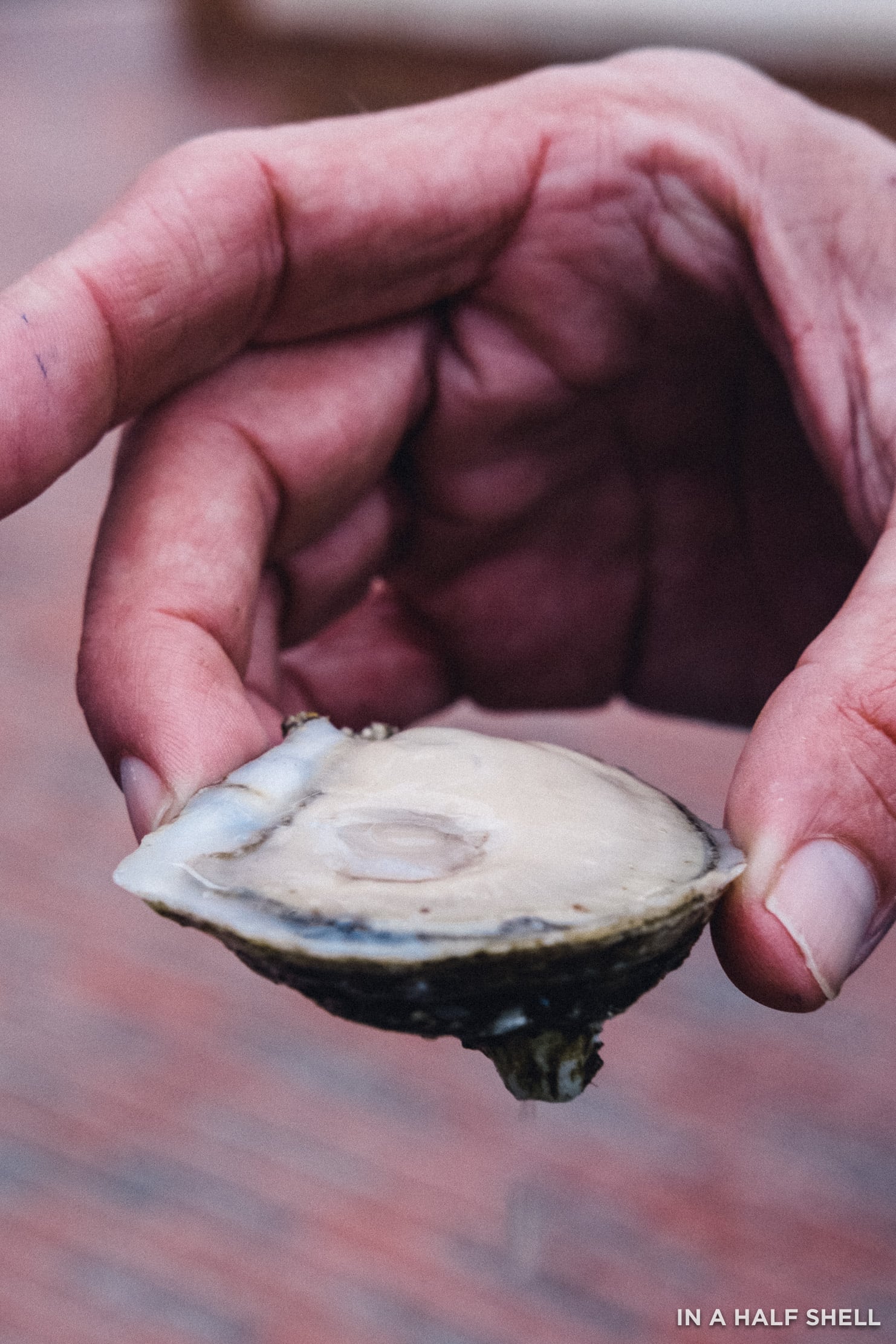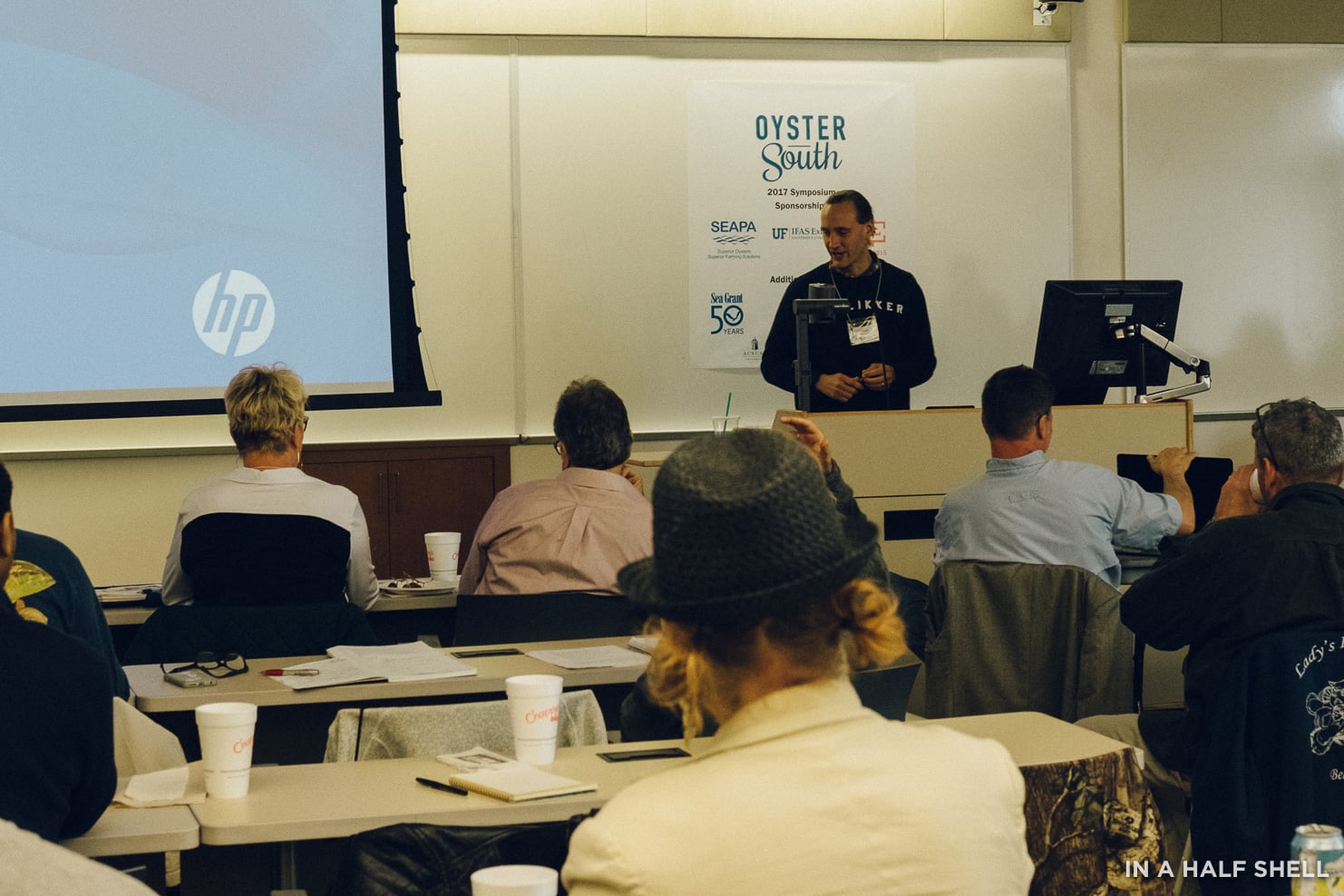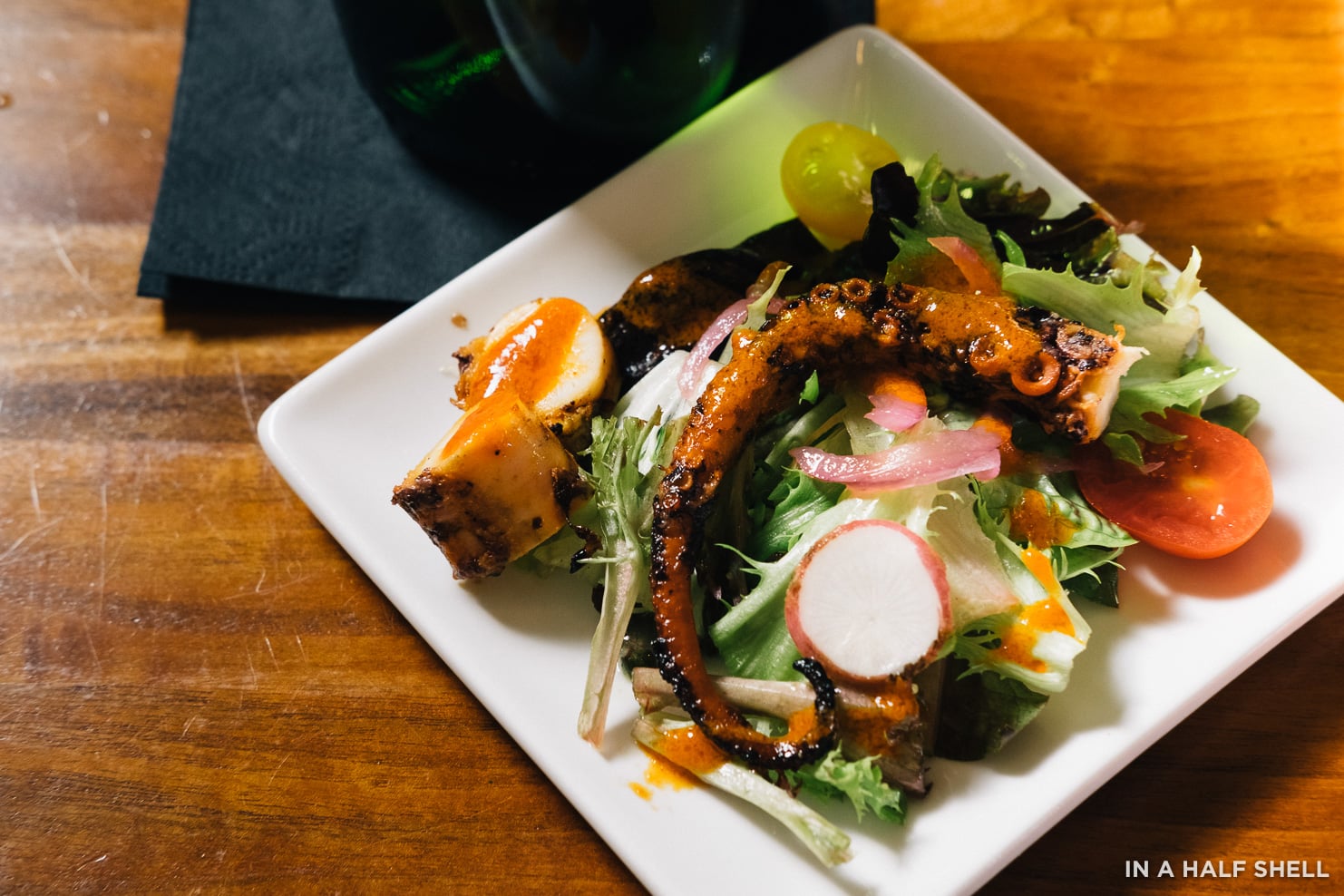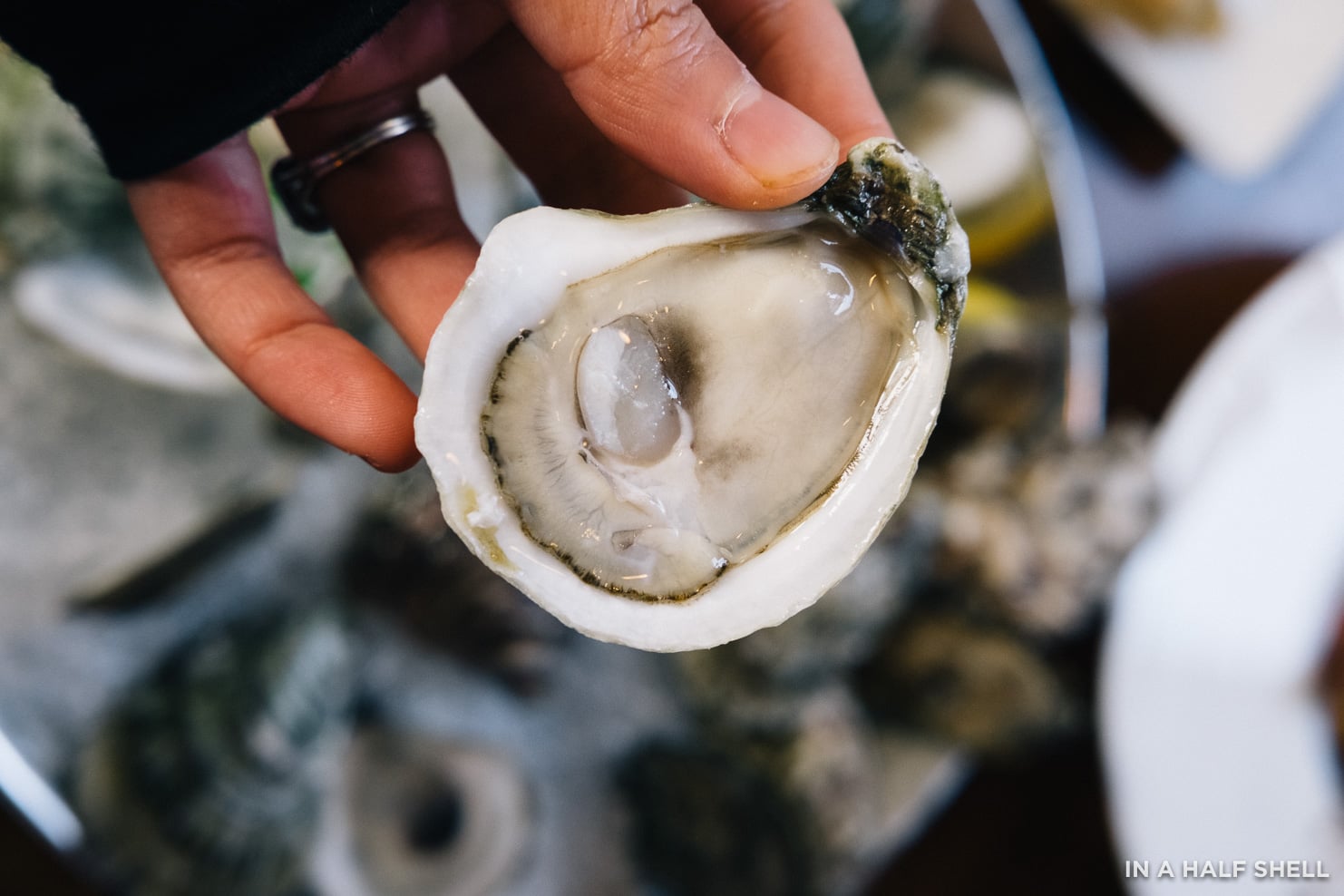The Spirit of the Oyster South
It's an opportune time to be an oyster enthusiast in the South.
Although many Gulf and Southeastern states have longstanding oyster ventures, the industry is being shaken up by new faces, places, and ideas. A new entity has emerged from this energy. Its name: The Oyster South. Its purpose: building a community around southern family oyster farms.
Oyster South is a non-profit organization that's comprised of oyster farmers, academics, restaurateurs, and media folks who are committed to the growth of southern oyster culture and community. The cross-sector collective not only fills a geographic gap between the ECSGA and PCSGA, but also reflects the new collaborative spirit between producers, operators, and consumers. I flew down to Atlanta in January and hitched a ride with Oyster South co-founder/board member Ted Golden, aka @FoodieBuddha, to Auburn University to participate in the inaugural Oyster South Symposium.
The gathering consisted of a diverse swath of stakeholders, from professional oyster shuckers to Sea Grant representatives. The agenda was packed with interesting talks. Each state had an opportunity to share updates about the development, or lack thereof, in their aquaculture sector. Louisiana and Alabama are the trailblazers of the oyster farming movement, and North Carolina and Florida also are growing rapidly. Things (legislation, namely) seem to be more complicated in other states such as Texas and Mississippi, and marine resource representatives admit that there's a lot of catching up to do.
Chefs also had a voice during the two-day symposium. Chef Ryan Prewitt (shown above) from Pêche in New Orleans shared his perspective about working closely with local growers to source the best oysters for his raw bar. His thoughts were echoed by Bryan Rackley, partner/co-founder of Oyster South and Kimball House's Oyster Situation Director Person. Jim Smith, Executive Chef of the State of Alabama and Top Chef contestant also offered up some great suggestions about how to work with your state government to promote oysters. It was a real treat to have such a stellar group of chefs and foodservice professionals at the gathering, and being able to spend more time with them at the Alabama Oyster Social in the evening.
For oyster farming to happen just about anywhere nowadays comes down to one key component: seed. That is why I found the presentations, "Oyster Hatcheries in the South" by Scott Rikard from Auburn University and "Bottle Nursery Components and Operation for Small Oyster Seed Production" by John Supan from Louisiana State University to be especially interesting. If you're thinking about starting up an oyster business, it'll be worth your while to watch.
After the first day of class—the venue made me feel like we were all going back to school—the group was let out to refresh themselves in the brisk 40-degree January air. It certainly felt nice, but I wasn't expecting Alabama to be this chilly!
Jay Styron of Carolina Mariculture lugged out a large white and blue sack of his Cedar Island Selects to the courtyard. As soon as he and Bill Walton had an oyster and knife in hand, a cluster of hungry symposium attendees started circling around the two. The Cedar Island Select—not to be confused with Cedar Islands from Rhode Island—was a brand new specimen for me. It would be my second-ever North Carolinian oyster encounter (the first being Cape Hatteras), and I was very eager to try it.
Bill handed me a pillowy cream-colored oyster. It had a lovely deep cup and felt heavy in my hand. The Cedar Island Select's icy, ocean-breezy brine tastes more saline than I had imagined it would be although not overbearing. The fully opaque, about-to-spill-over-the-shell meat had marvelously dense and springy texture. The freshness was palpable. I felt a strange sensation while enjoying this oyster. It didn't actually feel like I was eating an oyster at all! Instead, I was snacking on a luscious sea scallop or lump crab meat. Sea-sweet, supple, and savory. The Cedar Island Select is what I imagine when I hear the phrase, "fruit of the sea," and I couldn't get enough.
Although our hands and toes were growing numb from the cold, my senses were wide awake.
I'm newly convinced that not only is it better to enjoy oysters when it's cold but also eating them in the cold (and maybe while you're cold). Oysters in the summertime is sooooo overrated.
Side note: if you are ever handed a freshly shucked oyster by Bill Walton (aka Doctor Oyster), I suggest you accept it. There aren't many times in your life when you'll be offered a perfectly shucked oyster sprinkled with super fresh oyster knowledge.
On day two, I gave my presentation, #OysterLove: 2017 Trends Forecast, which focuses on a few trends that I see are impacting consumer and B2B marketing efforts. Since that talk, I've seen some growers take my advice to heart and really up their marketing and social media game. (Btw: if you're interested in getting access to the presentation, shoot me an email.)
All and all, I learned a TON at the Oyster South Symposium. More importantly, I got to meet some remarkable growers, chefs, and thought leaders in the oyster space. It's a really unique networking opportunity and would definitely go again.
Should I Join the Oyster South?
The short answer is YES. You and anyone who is interested in supporting the growth of the southern oyster industry should join. If you are a current grower or aspiring one based in the South (or have a business that supports the oyster industry), membership is currently just $35/year. Sign up at on their website.



